Tour Details
Itinerary
Although many of the places and sites we will be visiting are noted in the Itinerary below, the following websites provide more details. You may look up many of the sites to enrich your preparation for this tour.
- Bible Walks
- Bible Places
- See the Holy Land (including links to maps)
- The Jesus Trail (including maps)
- The Abraham Path (including maps)
- Sacred Destinations
- Israeli Ministry of Foreign Affairs Index of Archaeological Sites in Israel
- 3D Israel (for Caesarea and Jerusalem especially)
Notes:
- The tour begins in Tel Aviv, Israel on Monday, March 2, 2020, and concludes in Jerusalem on Saturday, March 21, 2020.
- This is a hiking tour. Nine of the twenty days will be spent walking or hiking. Walking/hiking times are noted for each day in the itinerary below. Although only five or six days will have extensive hiking, participants will need to be physically fit and able to walk for up to 19 kilometers in a day. Some days will find us on hilly, steep, and rocky terrain. See the itinerary below for details and maps. Each day has a note about the time/distance of either walking or hiking time during the day.
- Early Arrival or Late Departure: Participants may choose to arrive a day or two early in order to explore Tel Aviv and Jaffa (ancient Joppa) next door on their own (and get a jump on jet lag). Or they may stay on for a day or two in Jerusalem to allow for further exploration of this magical city.
- Optional extensions or excursions:
- Excursion to the Dead Sea, Qumran, and Masada on Thursday, March 12.
- Jordan extension: Amman, Petra.
- One certainty about international travel is that the best laid plans need to adapt to changing realities. The following represents current plans, with the recognition that changes may need to be made along the way.
Day 1: Monday, March 2
Most participants will depart North America on March 1 and arrive in Tel Aviv on March 2. The group will meet for the first time at dinner and our first evening together at the Metropolitan Hotel in Tel Aviv. Instructions for transportation options from the airport will be provided. We will spend some time in the evening introducing ourselves and getting an orientation to the tour. Those who arrive early may want to walk a few blocks to the beach or explore Jaffa (ancient Joppa), which is 2.7 kms. (35 minute walk) from the hotel. Jaffa/Joppa is famous as the city mentioned in the book of Jonah and in Acts 10, where Peter was living with Simon the Tanner.
Day 2: Tuesday, March 3
After a hearty buffet breakfast, we depart by bus for Nazareth. Along the way we will visit Caesarea Maritima, a major administrative centre for the Romans during the New Testament period, the place from which Pontius Pilate governed the region (article). Herod the Great dedicated the city to Caesar Augustus, and constructed a deep water seaport, a famous aqueduct (click for 360 panorama) to supply the community with water, and a quite spectacular amphitheatre for Roman games. It was here that Peter encountered Cornelius, a Roman Centurion (Acts 10). (More on Herod here)
On our way to Nazareth we will have opportunity to visit, as time permits, Mt. Carmel or Akko (Acre, the Capital of the Crusader Kingdom of Jerusalem), now a UNESCO Heritage Site.
Walking time: 2-3 hours
Accommodation: Legacy Nazareth Hotel or similar
Day 3: Wednesday, March 4
Our day begins with a drive in the northern Galilee to Tel Dan. There we will see the high place where Jeroboam son of Nebat set up a golden calf (read article). In the Old Testament Dan frequently represented the northern boundary of Israel, as in the phrase, "from Dan to Beersheba." Dan is located near the headwaters of the Jordan River. In 1993 an inscribed stone was discovered there on which an unnamed king (perhaps Hazael of Aram/Syria) boasts of having defeated the king of Israel and his ally the king of the House of David, the first time the name of King David had been found outside of the Bible. Continue on to the nearby Caesarea Philippi and the Druze villages of the Golan Heights. Caesarea Philippi (article on Banyas) is the site where Jesus asked his disciples, "Who do you say that I am?" (Matt 16:15). A highlight of the day is a nature hike along the headwaters of the Jordan to the Banyas waterfall. We will have lunch in the home of a Druze family.
Walking Time: 3-4 hours
Accommodation: Legacy Nazareth Hotel or similar
Day 4: Thursday, March 5
We begin the day by exploring the wonderful Church of the Annunciation in Nazareth, the largest Basilica in the Middle East, which is famous for its many mosaics sponsored by countries around the world. After first-century lunch at Nazareth Village (a sort-of biblical theme park), we visit Zippori National Park to visit the archeological ruins of the main administrative city in the Galilee at the time of Jesus. Admire the exquisite Byzantine mosaics, drink in the view from atop the Crusader fortress, and take a stroll through the ancient cistern system.
Walking Time: 2-3 hours
Accommodation: Legacy Nazareth Hotel or similar
Day 5: Friday, March 6
On our second day on the Jesus Trail we walk from Kibbutz Lavi to Mt. Arbel. After breakfast we head out across agricultural fields to ascend the Horns of Hattin—a volcanic structure where a famous Crusader battle took place in 1187. Relish your first glimpse of the Sea of Galilee and the sweeping views into Arbel Valley. Continue down the rocky hillside to Nebi Shu'eib, the holiest shrine for the Druze religion. Visit the tomb of Jethro, father-in-law of Moses, and take a break at the picnic area. After lunch, continue on the trail through Arbel Valley past ancient olive groves and the ruins of Hattin village.
Distance: 17 kms
Accommodation: Ron Beach Hotel on the Sea of Galilee
Day 6: Saturday, March 7
Start early for the stunning morning light from the Arbel Cliffs. Carefully descend the steep trail down the mount, passing ancient cliff dwellings and caves. Drink from the fresh spring at Wadi Hamam before continuing past Midgal (home of Mary Magdalene) to Tabgha via rolling agricultural land. Explore the mosaics at Tabgha, the traditional site of the feeding of the 5,000. Continue around the northern side of the Sea of Galilee to visit the church of St. Peter. Ascend a small ridge to visit the Mount of Beatitudes, the traditional site of Jesus' Sermon on the Mount. Finish your journey at Capernaum by wandering the ruins of the city that was the center of Jesus' ministry, and visiting the church built over the home of Simon Peter.
Distance: 18.5 kms
Accommodation: Ron Beach Hotel on the Sea of Galilee
Day 7: Sunday, March 8
Today we drive from the Sea of Galilee to the West Bank city of Nablus. Along the way we may have time to visit the ancient site of Samaria (capital city of Israelite king Omri and others for 160 years), and Jacob's Well in ancient Shechem (modern Nablus), We will enjoy a delightful walking tour of the old city of Nablus, including a tour of the Souk with its market, tahini factory, knafeh shop, the sweet factory, soap factory, and Turkish Bath. The highlight of the day will be participation in the cooking school that is run by a group of women at Bait Al Karama (see the short video).
Walking: 2-3 hours in the Nablus's Old City
Accommodation: Al Yasmeen Hotel
Day 8: Monday, March 9
Today we begin our walk through the West Bank along the Abraham Path. Our route today, from Awarta to Duma, is challenging for its steep inclines and descents, yet spectacular for its blooming almond trees in springtime. From Awarta the trail leads out of the village following a ridge with expansive of views of the surrounding hilly countryside. Halfway between Awarta and Aqraba sits Mt. Arma or Orma, whose name means pile of wheat. At the mountain are the remains of an ancient– likely Roman–watchtower and spacious cisterns cut into the mountain's face.
A few kilometers ahead, the trail passes through Aqraba, a village whose name (scorpion in Arabic), according to oral tradition, came from Canaanites who compared Aqraba's inhabitants' strength to that of scorpions. From Aqraba, the route takes hikers along the rim of the Jordan Valley with incredible views of Jordan and Al-Qarn (or Sartaba), an ancient mountain-top fortress. Continuing through the village of Majdal Bani Fadil, the trail ends in Duma, a Palestinian village whose name comes from the Canaanite word for quietness or rest.
Hiking Distance: 18.6 kms. For each of the following days you can see a map of the route. On the page for each day, click on the map and then the enlarge button to see the entire route.
Accommodation: Homestay with families
Day 9: Tueday, March 10

Today we walk from Duma to Kafr Malek – Leaving Duma the trail winds through Wadi Diba' (Wadi of the Hyenas) and through several pleasant olive orchards on its way to Mughayir, a Palestinian village whose name means, roughly, the changing one, due to its location on the border between the arid climate of the Jordan Valley and the Mediterranean climate of the Palestinian highlands.
Descending from Mughayir to the Ein Samia Valley, the trail passes the remains of Roman aqueducts and Byzantine mosaics on its way past Ein Samia (Samia Spring), before ascending a tight, rugged, and rocky wadi on the way to Kafr Malek. There, after a long climb, hikers are rewarded with spectacular views of the surrounding area. The final steep ascent takes us to Kafr Malek, where warm hospitality awaits.
Hiking Distance: 14.9 kms
Accommodation: Homestay with families
Day 10: Wednesday, March 11
Kafr Malek to Ain Auja – Following a small road from Kafr Malek, the trail zig-zags down a hillside riddled with the remains of Roman cisterns and graves on its way to the Ein Samia Valley. After reaching the valley, the trail crosses a larger paved road and continues past fields of zatar before following a path out of the valley bottom past the remains of an old Byzantine era church.
After crossing a ridge the path drops down into Wadi al-'Auja, a deep, rugged wadi that runs from Ein Samia (Samia Spring) down to Ein al-'Auja (Al-'Auja Spring) in the Jordan Valley. Wadi Al-'Auja is home to an impressive array of plant life as it descends from the higher elevations of the Palestinian highlands to a point around 50m below sea level at Ein al-'Auja, a popular, local picnic spot.
The hike through Wadi Auja is one of the best in the area. There is a lot of scrambling, including on some steep sections of trail, though it is all worth it when at the end of the walk you reach a gushing wadi of cool water where you can dip your feet! Enjoy lunch with the Bedouin community in Al Auja. From Auja we will travel by bus to Jericho.
Hiking Distance: 14.1 kms, mostly downhill
Accommodation: the spectacular Oasis Hotel in Jericho
Day 11: Thursday, March 12
Free Day in Jericho. Options on your own:
- Rest and lounge around the hotel pools; Turkish bath (for men)
- Hike to the monastery on Mt. of Temptation and then have lunch at the Temptation Restaurant at the ancient site of Jericho
- Visit the ancient site of Jericho, walk to the downtown area and have lunch at one of the restaurants in the vibrant downtown area
- Hire a taxi to take you to see Hisham's Palace (photos)
- Hire a taxi to take you to the Dead Sea and Qumran
Accommodation: Oasis Hotel (Jericho)
Day 12: Friday, March 13
Today we begin two days of hiking in the biblical "wilderness of Judea." It is a beautiful hike that leads through the picturesque Wadi Qelt, reminiscent of the psalmist's "valley of the shadow of death," and continues up to Sea Level. Hikers will have a chance to discover the ruins of King Herod's winter palace and then see St. George's Monastery, which clings to the side of the rocky canyon. The view transports visitors to the 4th century when the earliest desert-dwelling monks sought lives of faithful seclusion. The road becomes easier as it leaves the monastery and heads towards the Roman aqueduct—another spectacular landmark located along that section of the trail. Then the trail continues along the canyon toward the historic road from Jericho to Jerusalem, where we will catch our ride back to Jericho.
Hiking Distance: 13+ kms.
Accommodation: Oasis Hotel in Jericho
Day 13: Saturday, March 14
The details of this day are still being worked out. We will hike in a different part of the Judean wilderness and spend some time with a Bedouin community. Tonight we begin a delightful three-night stay at the Hosh Al-Syrian Hotel in Bethlehem. The hotel is located within several restored Ottoman Empire era buildings. The owner-chef plans unique four course meals for his guests. This is truly an oasis in the Old City of Bethlehem.
Hiking Distance: TBA
Accommodation: Hosh Al-Syrian Hotel in Bethlehem
Day 14: Sunday, March 15
Worship in a local church in Bethlehem in the morning. Our walk for the day will begin in the village of Beit Jala and will end in the village of Battir, a UNESCO World Heritage Site (click on Gallery to see pictures of the site). See also the website of the World Monuments Fund. We will have lunch in Battir, prepared by the people of the village. There will be some free time in the afternoon for exploring Bethlehem. See the Battir Landscape Museum Facebook Page. There will be some free time in the afternoon for exploring Bethlehem.
Hiking Distance: 10 kms ?
Accommodation: Hosh Al-Syrian Hotel in Bethlehem
Day 15: Monday, March 16
Travel to Hebron via the Herodion, King Herod's Summer Palace. According to the historian Josephus Flavius, Herod wanted to be buried in Herodion, the place which bore his name. On May 8, 2007, it was announced by the Hebrew University that the long search for Herod's tomb had ended with the exposure of the remains of his grave, sarcophagus and mausoleum on Mount Herodion's northeastern slope. We continue on to Hebron to visit Il Ibrahimi Mosque (where the biblical patriarchs and matriarchs are buried). The cave was purchased by Abraham as a burial place for his wife Sarah. In the Bible see Gen 13:18; 23:2, 19; 35:27; 37:14; Joshua 10; Judges 1:20; 16:3; David in Hebron, 2 Samuel 2-5; 15. The Tomb of the Patriarchs is the world's most ancient Jewish site and the second holiest place for the Jewish people, after the Temple Mount in Jerusalem. It is the most splendid example of Herodian architecture in the land. In Hebron we will also spend time with the Jewish group Breaking the Silence. If time permits, visit a glass factory and the Hirbawi keffiyeh factory in Hebron. Then, in the late afternoon, wander the streets of Bethlehem.
Walking Time: 1-2 hours
Accommodation: Hosh Al-Syrian Hotel in Bethlehem
Day 16: Tuesday, March 17

We will begin our day with an early morning visit to the Church of the Nativity, a marvelous Byzantine church (original structure 4th century) built over the traditional site of Jesus' birth. Later, we will visit with Zoughbi Zoughbi of Wi'am Conflict Resolution Center. We will walk along the Separation Wall on the Bethlehem side to Banksy's Walled-Off Hotel. We hope also to visit with a faculty member at Bethlehem Bible College. At 2:00 PM we leave for Jerusalem and a visit to the Holocaust Memorial, Yad VaShem
Accommodation: Golden Walls Hotel in Jerusalem
Day 17: Wednesday, March 18
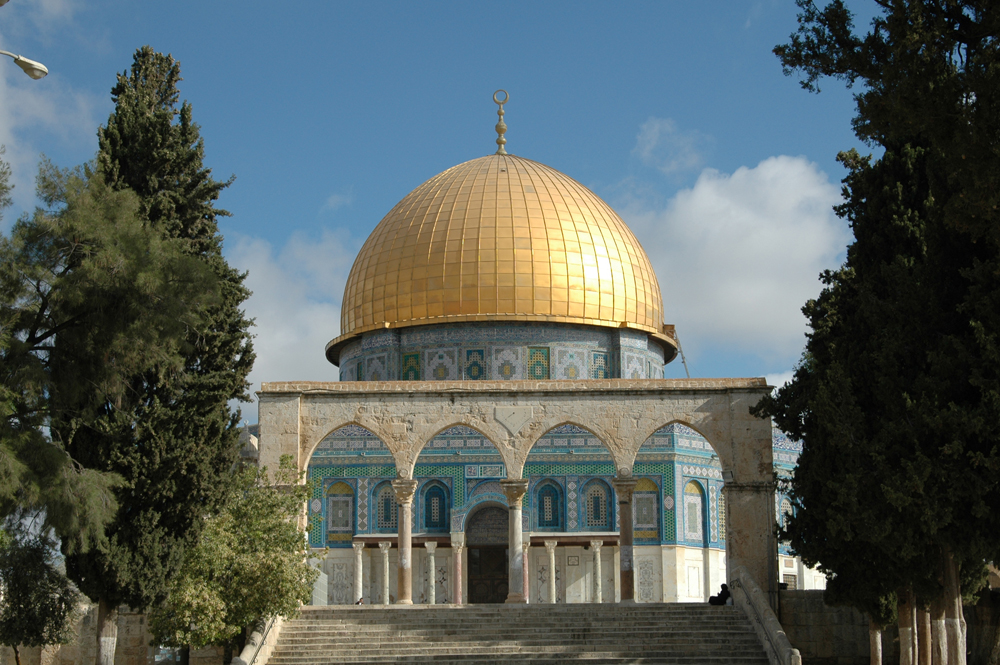
Temple Mount/Haram al-Sharif/The Noble Sanctuary, excavations at the Southern Wall – We begin the day with an early morning visit to the Temple Mount/Haram al-Sharif, the Dome of the Rock, and the Al Aqsa Mosque. Although disputed, the Temple Mount is often identified with Biblical Mount Moriah, where Abraham came to sacrifice his son Isaac, as well as Mount Zion where the original Jebusite fortress stood, which David conquered when he made Jerusalem his capital. Judaism considers the Temple Mount to be the place chosen by God for his Divine Presence, and where Solomon then built the first Temple (ca. 950 BCE), and Zerubbabel the second (ca. 515 BCE). This second temple was destroyed by the Romans in 70 AD after Herod the Great had made extensive renovations.
The site is also a sacred site for the Muslim community, some of whom consider it to be the third most sacred site in their tradition. The Temple Mount has been controlled continuously by the Muslims since their re-conquest of the area in the 12th century. The Jewish Knesset enforces a ban on all non-Muslim prayer on the Mount. Two buildings dominate the Temple Mount. The Dome of the Rock, with its magnificent gold dome, was originally constructed in the late 7th century, supposedly on the spot where Muhammad ascended to heaven. Next to it is the Al-Aqsa Mosque, first built in the 8th century, with the current structure dating back to the 11th century..jpg)
The area south of the Temple Mount is rich in archaeological remains (see: Archaeological Park of the Davidson center). Here we see the Huldah Gates and the Southern steps, which led to the main entrance of the Temple Mount. If there is any place in Jerusalem where one can with some confidence say that "Jesus walked here," it would be on these steps. Here we will also see other remains dating back to the time of Herod, including a 1st century street, the "Pinnacle of the Temple," and the Huldah Gates (see the videos: Virtual Reconstruction of the 2nd Temple Period temple mount and the Umayyad period buildings.
We will spend several hours in the afternoon at the fabulous Israel Museum and its newly renovated Archaeological Wing, the amazing Second Temple Period Model of Jerusalem, and Shrine of the Book (Dead Sea Scrolls), commemorating one of the most famous finds of the 20th century.
Accommodation: Golden Walls Hotel in Jerusalem
Day 18: Thursday, March 19
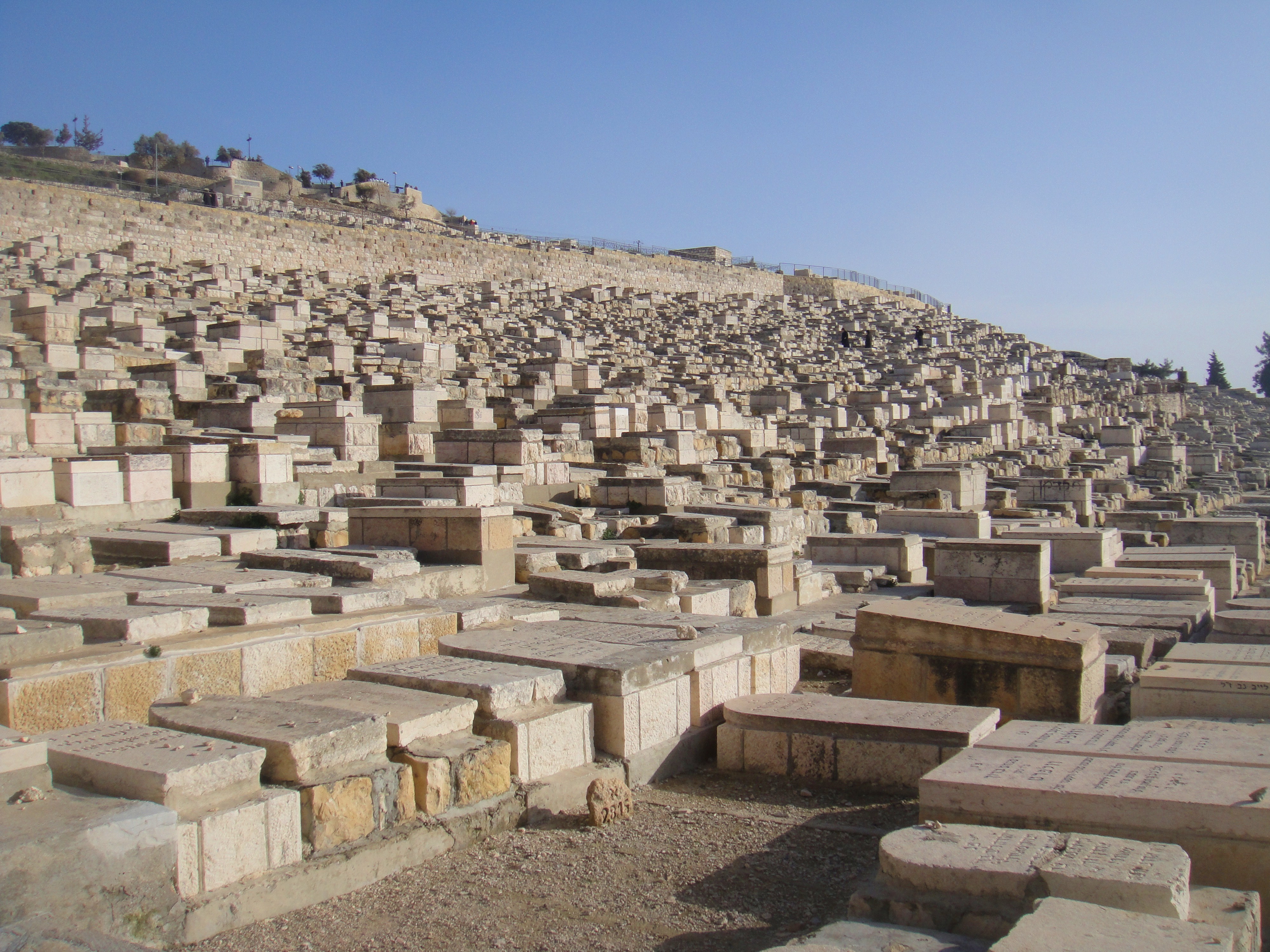
From the Mt. of Olives to the Church of the Holy Sepulchre – After an early departure from our hotel, we will begin our walk at the top (on the eastern slope) of the Mt. of Olives. We begin at the Pater Noster (Lord's Prayer) Church, and then continue to walk down the Mount of Olives, stopping at the shrine of Dominus Flevit ("Jesus Wept"), the Garden of Gethsemane and the Church of All Nations in the Kidron Valley. After visiting the Church of All Nations, we will return to the Old City via St. Stephen's Gate and walk the Via Dolorosa inside the Old City, beginning with the crusader St. Anne's Church (or here)and Bethesda Pool (John 5; and here). From there we walk along the (Medieval) Via Dolorosa to Church of the Resurrection/Holy Sepulcher (read article). You might want to read Dennis Bratcher's article on Stations of the Cross.
Walking Time: 4 hours
Accommodation: Golden Walls Hotel in Jerusalem
Day 19: Friday, March 20
Free Day – You will be given a list of things you might do in Jerusalem, including: walking the 16th century ramparts of the Old City, attending a service at the Armenian Orthodox Cathedral of St. James, exploring the four quarters of the Old City, visiting the Tower of David Museum, browsing in the bustling Machane Yehudah market in West Jerusalem, and much more. Oh, and perhaps some shopping. Here is a list of suggestions: Things to Do in Jerusalem
Accommodation: Golden Walls Hotel in Jerusalem
Day 20: Saturday, March 21
Departure or extension to Jordan.



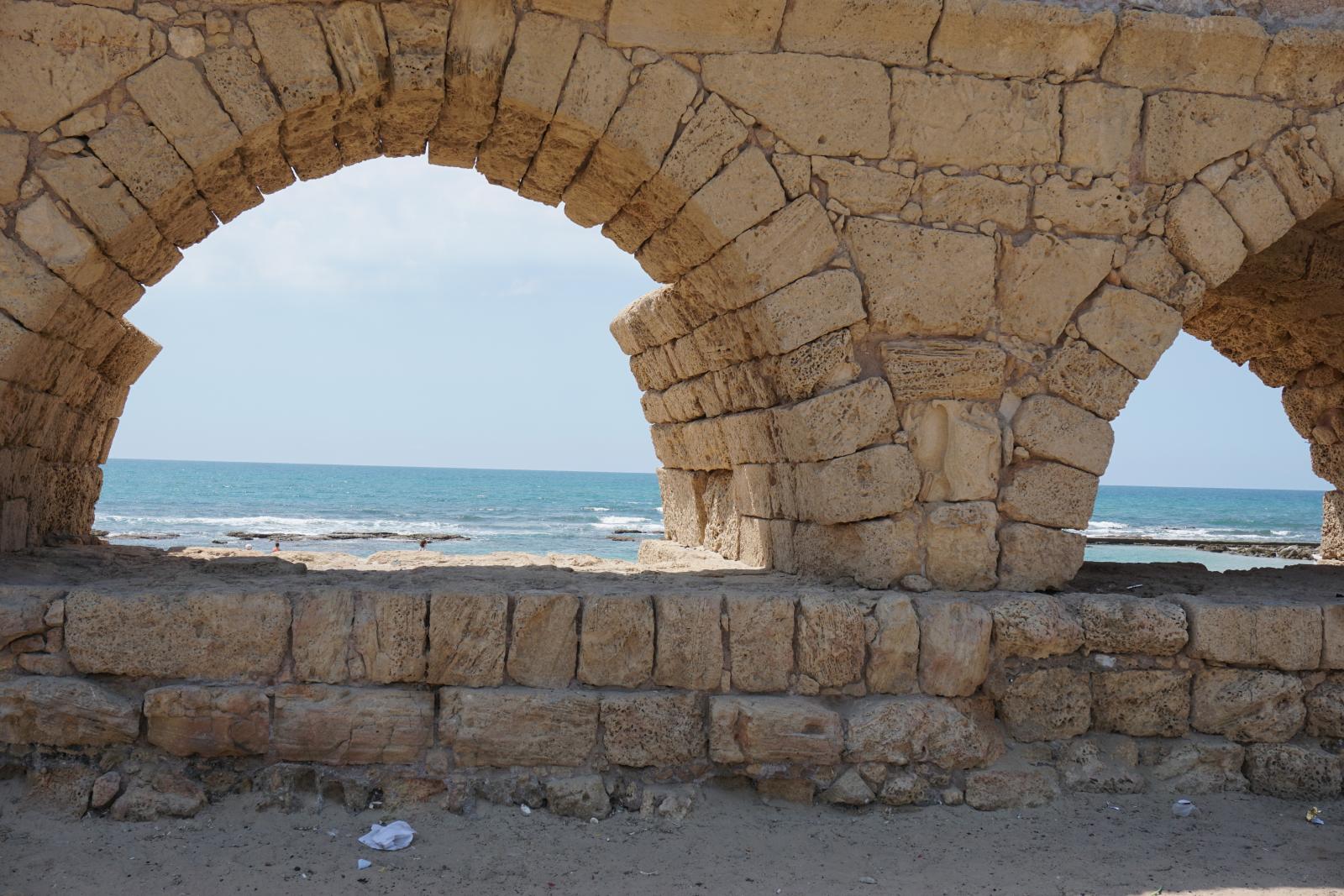


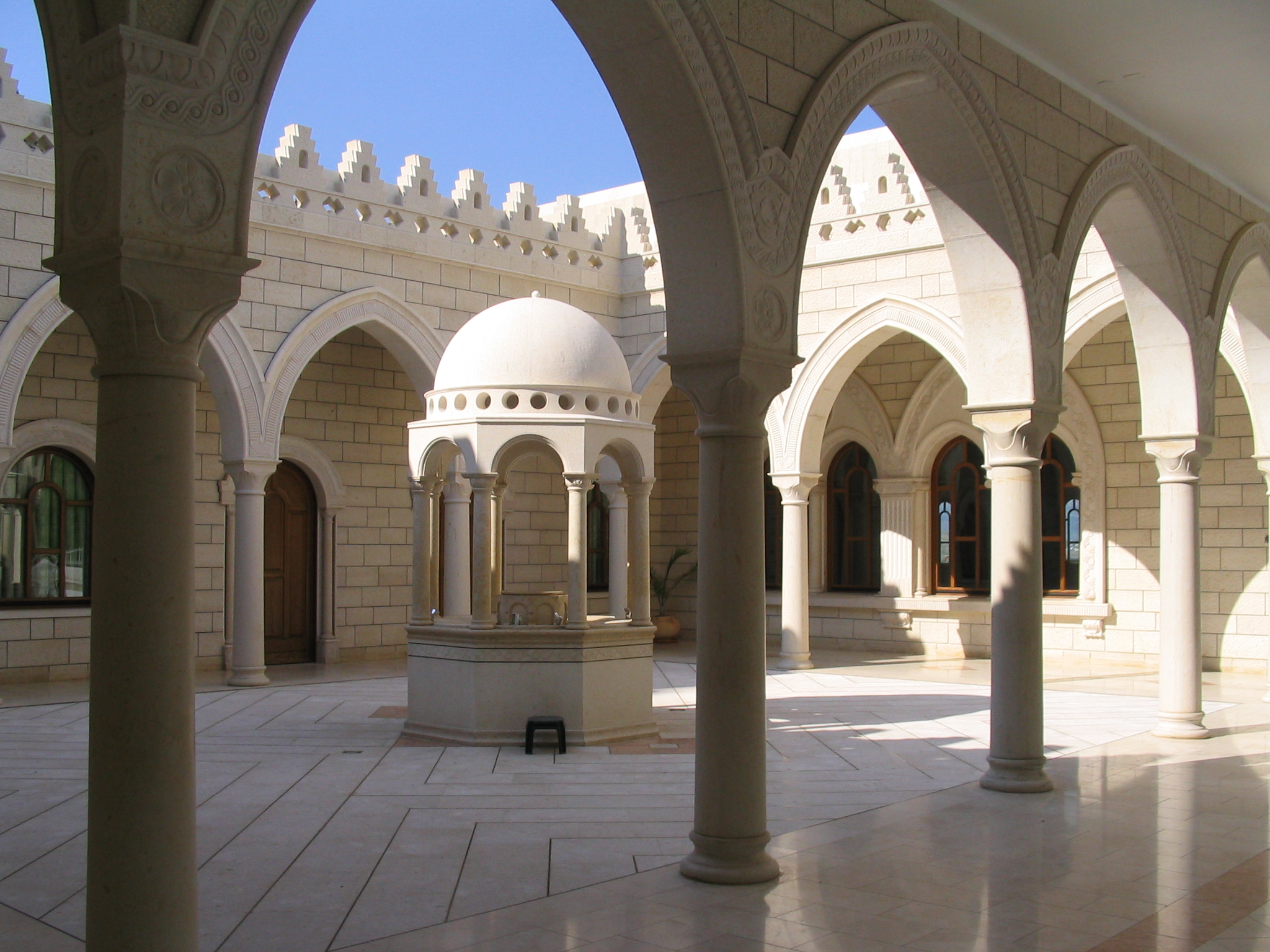

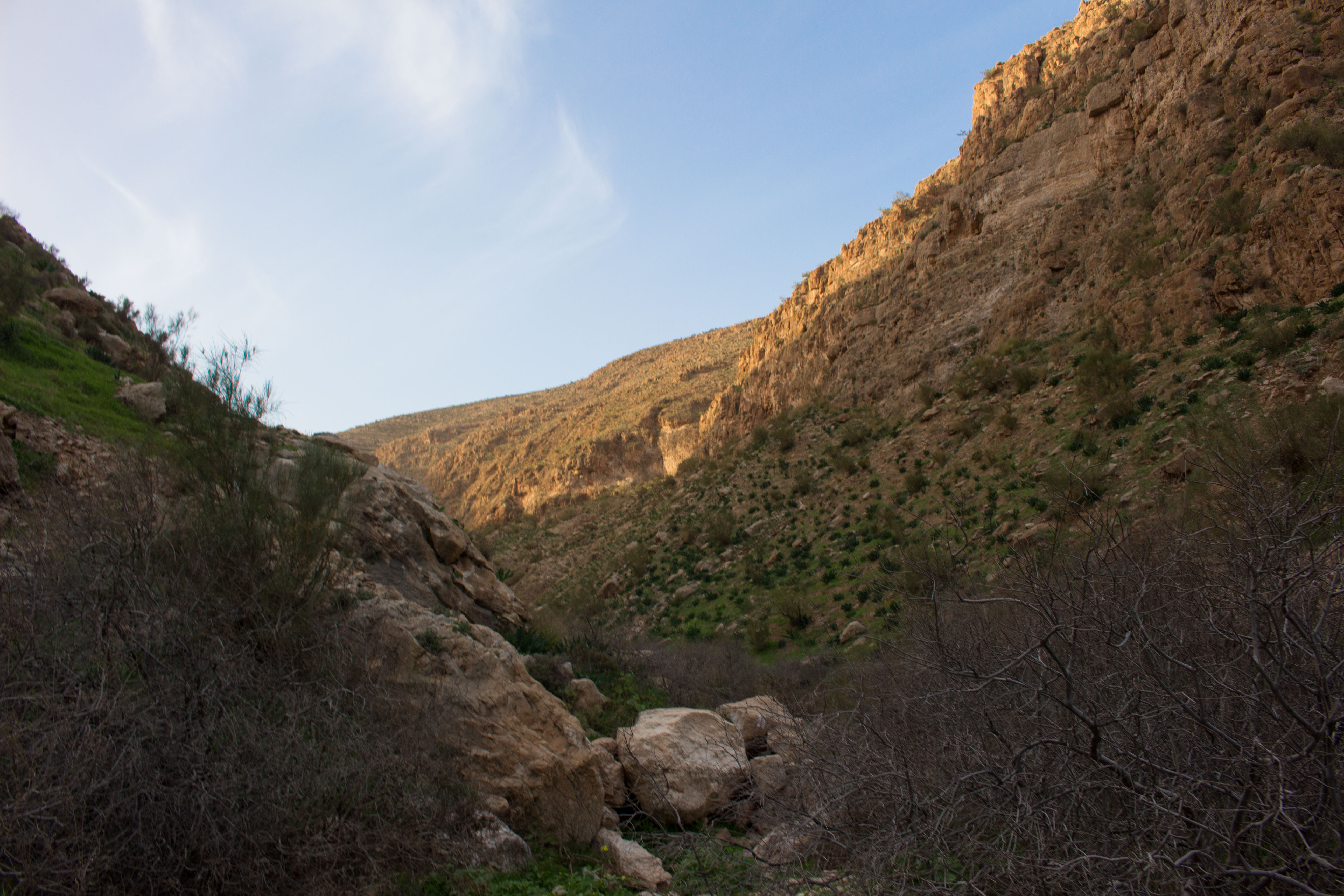


 Print This Page
Print This Page